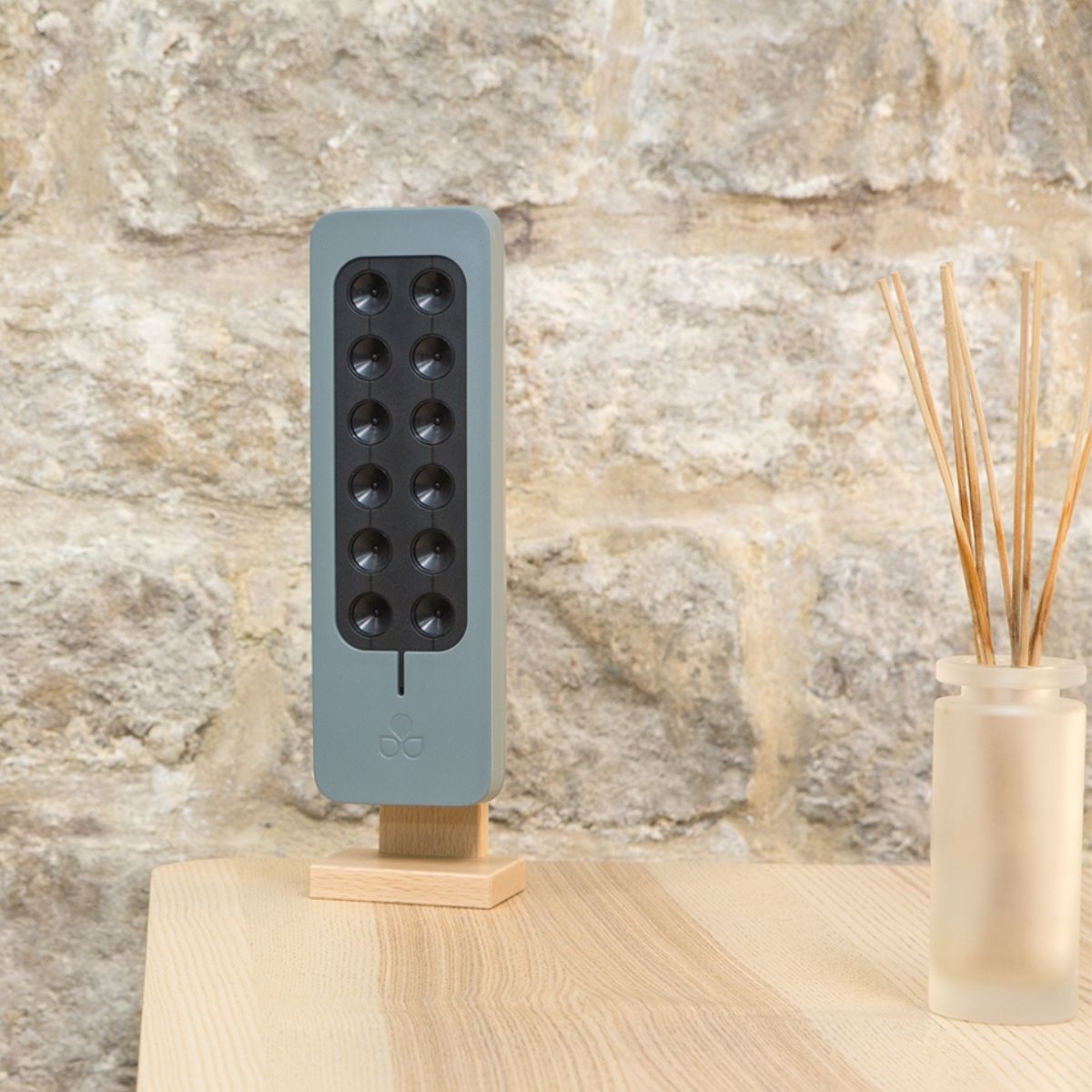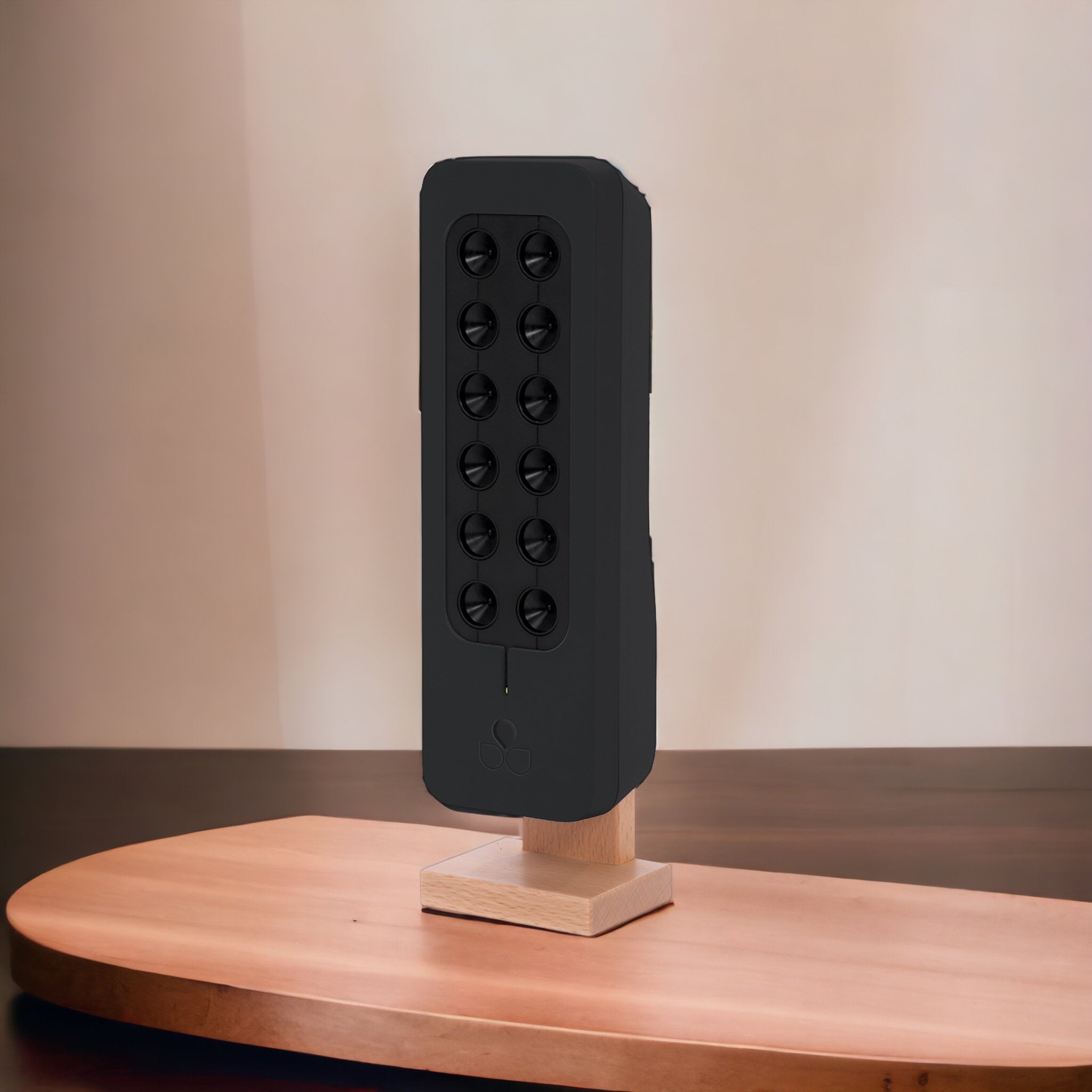Understanding Photocatalysis
Photocatalysis is a process that uses light to accelerate a reaction involving a catalyst. The catalyst, usually a semiconductor material like titanium dioxide (TiO2) or zinc oxide (ZnO), absorbs light energy. This energy excites the electrons in the catalyst, creating electron-hole pairs that can participate in various chemical reactions.
The photocatalytic process is highly efficient and eco-friendly, capable of degrading a wide range of pollutants in both air and water systems. It harnesses photon energy when it is equal to or exceeds the bandgap energy of the catalyst. The absorbed energy triggers the generation of reactive oxidative species (ROS), such as free excitons, superoxide radical anions, and hydroxyl radicals, which play a crucial role in accelerating the oxidation/reduction reactions on the catalyst's surface.
The Promise of Photocatalysis
Photocatalysis offers numerous environmental benefits. Numerous studies have highlighted its potential in various fields, including environmental remediation, energy production, chemical engineering, medicine, biochemistry, agriculture, and multidisciplinary research areas.
For instance, photocatalysis has been used to purify air and water, removing harmful pollutants and providing cleaner, healthier environments. It has also been used in the degradation of organic pollutants, showing promise in the treatment of wastewater and the remediation of contaminated soils.
Moreover, photocatalysis has the potential to contribute to sustainable energy solutions. For instance, the photocatalytic water-splitting reaction, discovered by Fujishima and Honda in 1972, opened up exciting possibilities for generating hydrogen, a clean and renewable source of energy.
The Challenges of Photocatalysis
Despite its great potential, the practical implementation of photocatalysis faces several challenges. These include:
-
High Bandgap Energy: The bandgap energy of commonly used photocatalysts like TiO2 and ZnO is quite high. This means that a high amount of energy is required to trigger the photocatalytic reaction, leading to low quantum efficiency under sunlight.
-
Fast Electron-Hole Pair Recombination: The rapid recombination of electron-hole pairs reduces the amount of ROS generated, thus decreasing the photocatalytic activity.
-
Limited Scalability: The scalability of photocatalytic systems is a major concern. Many newly developed photocatalysts, such as metal-organic frameworks (MOFs), metal-oxides, and nanocomposites, exhibit low quantum efficiency and poor photonic stability under UV-visible/solar lights.
-
High Operational and Synthesis Costs: The synthesis of photocatalysts and the operation of photocatalytic systems can be expensive. This is particularly true for systems that rely on UV light, which consumes a significant amount of energy.
-
Photocatalyst Deactivation or Poisoning: The photocatalyst can be deactivated or poisoned by interaction with intermediate byproducts formed during the photocatalytic process. This can lead to a decrease in the kinetic reaction rate and a shortening of the service life of the photocatalyst.
Overcoming the Challenges
Several strategies have been proposed to overcome these challenges and enhance the performance of photocatalysts. These include modifying the photocatalysts to improve their optical response and photoactivity, developing new hybrid photoreactor systems, and adopting eco-friendly synthesis methods for the production of photocatalysts.
For instance, photocatalysts doped with heteroatoms or transition/alkali metals have shown enhanced photocatalytic activity and an improved response to visible light. The design of semiconductor coupling, such as in the formation of heterojunction or Z-scheme photocatalysts, can also increase the lifetime of photogenerated charges, leading to enhanced photocatalytic performance.
In terms of reactor design, hybrid photoreactor systems that combine photocatalysis with other treatment methods have shown promise. For example, photocatalytic membrane reactors and hybrid membrane slurry photoreactors have been used to address some of the limitations of traditional photoreactors.
Photocatalysis: A Sustainable Solution
Despite the challenges, photocatalysis holds immense potential as a sustainable solution for environmental remediation. It offers an eco-friendly, efficient way to eliminate harmful pollutants from air and water, contributing to cleaner, healthier environments.
Moreover, with continued research and development, the challenges facing photocatalysis can be overcome. Advances in catalyst design, photoreactor engineering, and process optimization could lead to more efficient, cost-effective, and scalable photocatalytic systems.
In conclusion, photocatalysis represents a promising path towards a cleaner, more sustainable future. As we continue to grapple with environmental pollution and the need for sustainable energy solutions, photocatalysis offers a ray of hope, harnessing the power of light to drive positive change.










